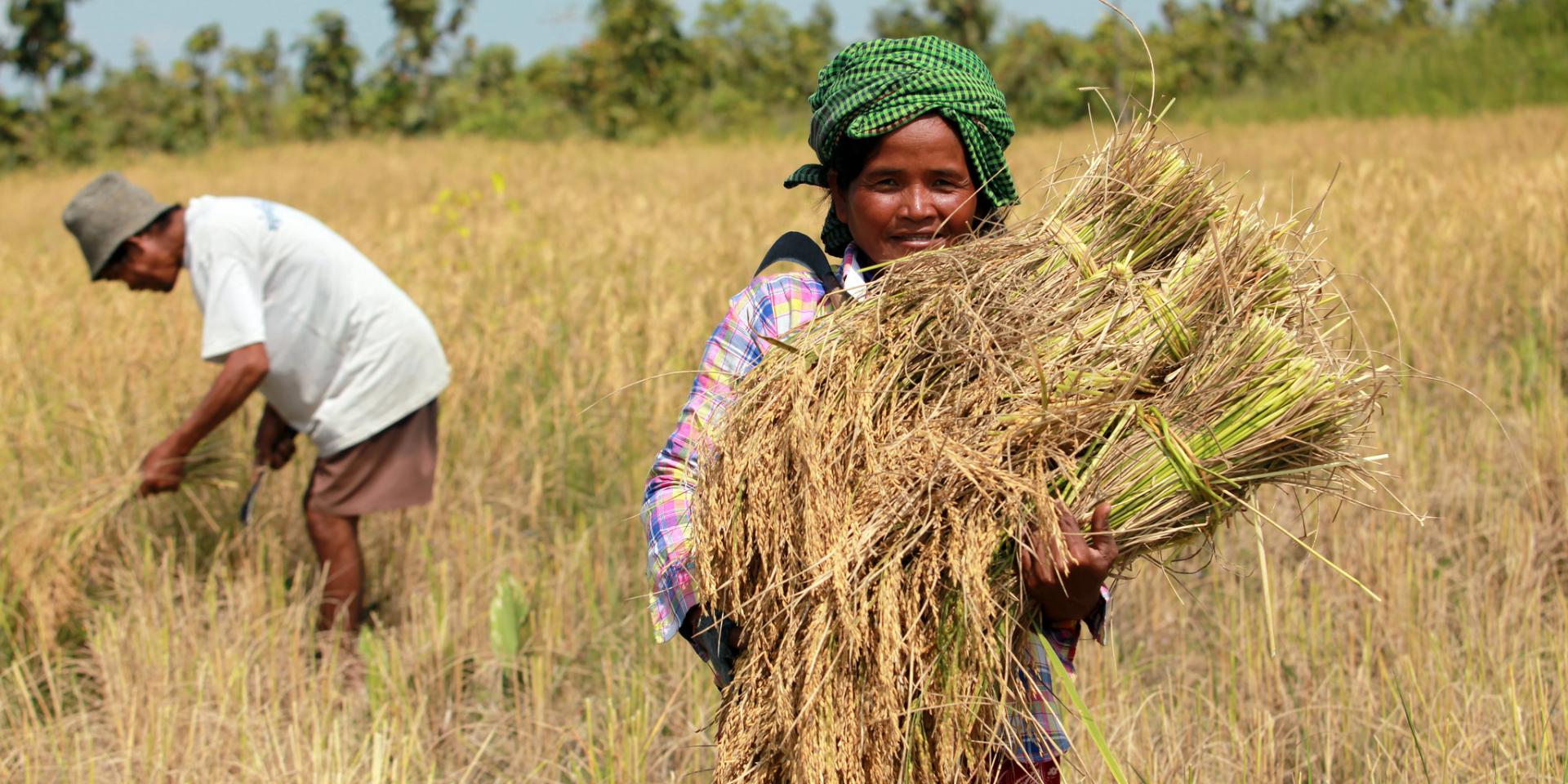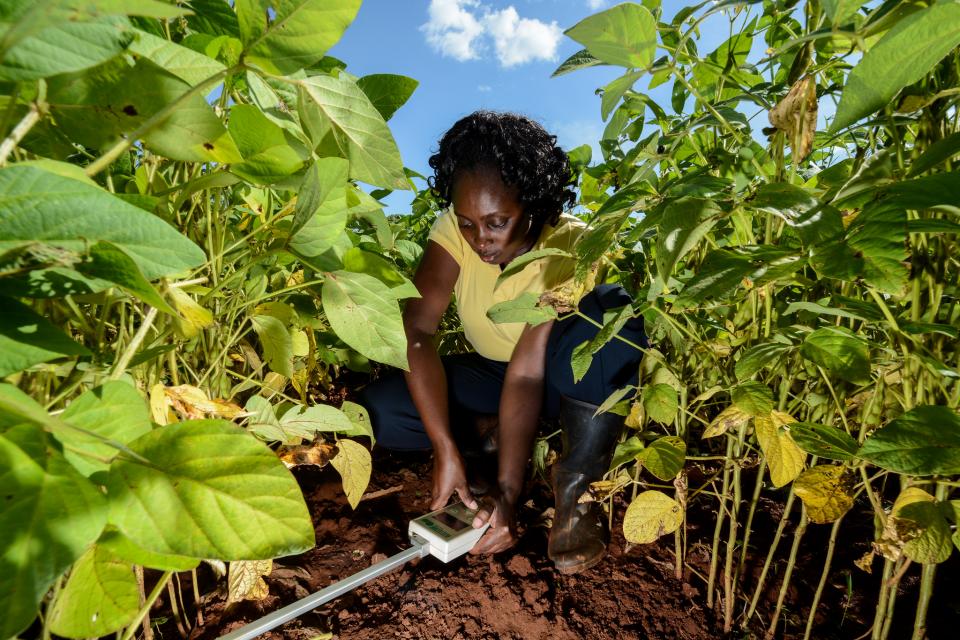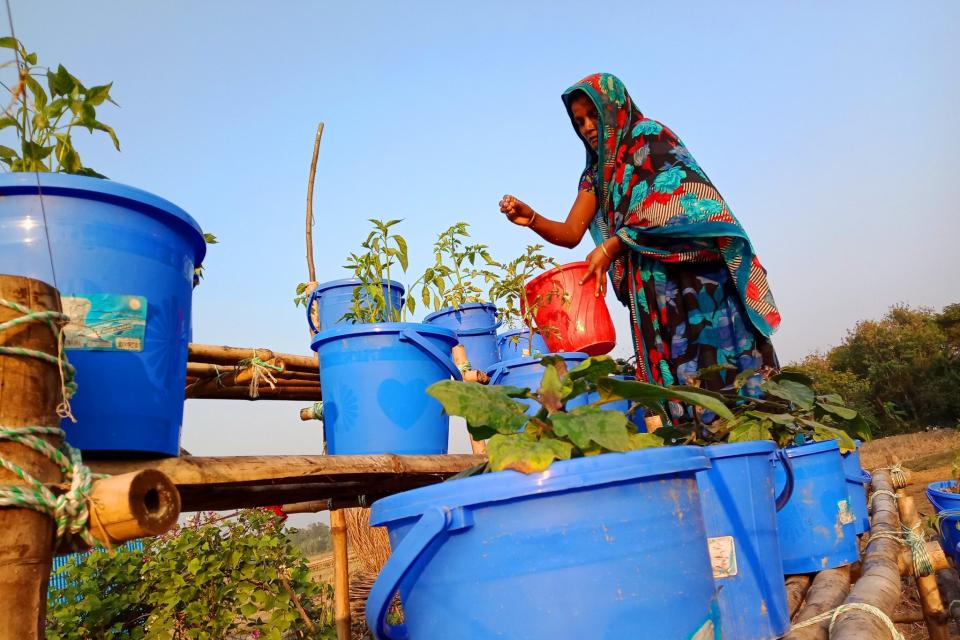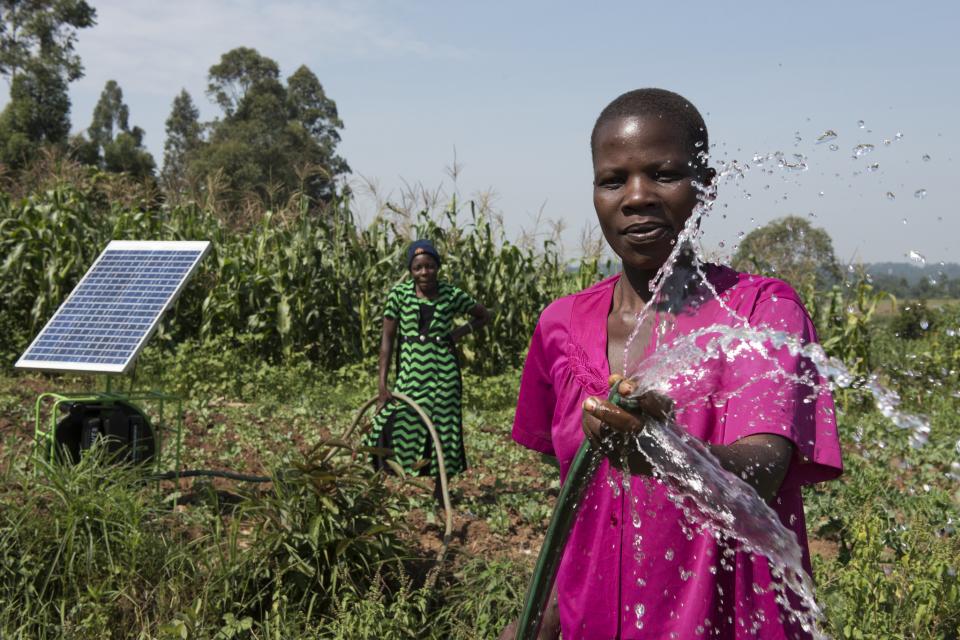Understanding the layers of inequality in agriculture

Photo: Chor Sokunthea/World Bank
“I do not own any land. The family-owned land, measuring around 0.5 hectares, is controlled by my in-laws, and I do not have any right to that land or the income from it. I have rented 0.5 hectares from other landowners on a sharecropping arrangement.” - Kavita Devi from Bataspur village
Officially, Kavita Devi would not count as landless. Even though she belongs to a land-owning family, in practice, she is landless. These intra-household gender-generational granularities are not accounted for in official statistics of landless rural families in Bihar who make for over 60% of the state’s population, of which, over 92% are from Backward Caste groups (namely the Other Backward Castes, the Scheduled Castes, and the Scheduled Tribes), Scheduled Castes and Dalit households. With only 18.9% of Bihar’s landowner households being headed by women (compared to 87.9% of male-headed landowner households), the opportunities for women to pursue and meaningfully benefit from agriculture-related livelihood opportunities is slim.
Bihar is historically known for male out-migration from agriculture, across class and caste groups. There is increasing evidence that climate impacts have exacerbated male out-migration. This has increased the involvement of women, particularly for marginalized low-caste women in the informal agricultural workforce, including women like Kavita Devi, who has chosen to actively practice farming through a centuries old practice of sharecropping, known as ‘batai.’ Batai is an unofficial arrangement between a tenant farmer and a landlord, and although well known to be exploitative, it is often the only option for landless and smallholder farmers to pursue productive agriculture. Tenant farmers are required to pay varied amounts and types of input costs, such as fertilizer, irrigation, seeds, labor, and equipment usage, as well as provide the landlord half of the harvest crop or its equivalent monetary worth.


